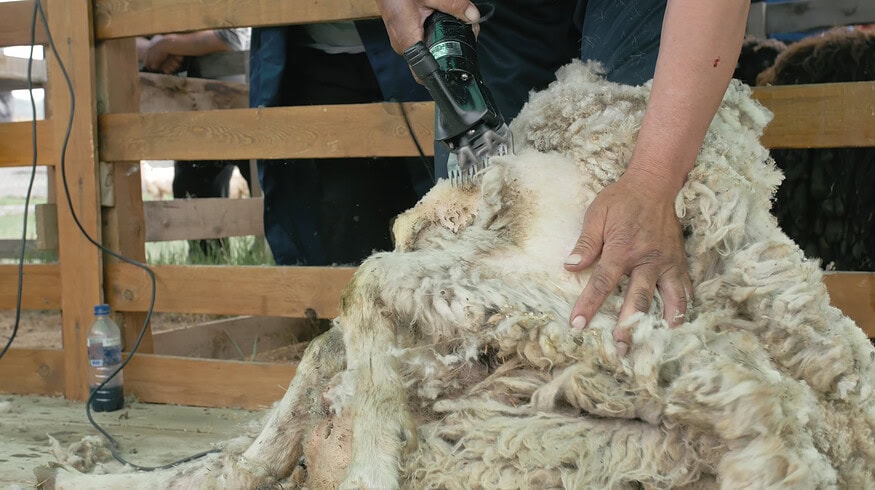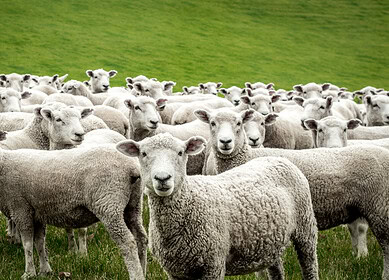Farmers discovered wool pellets can aid in water conservation and soil health

Farmers and ranchers across the U.S. are turning to an unlikely source to help conserve water and enhance soil nutrients: waste wool. Albert Wilde, a sixth-generation sheep rancher from Utah, discovered a decade ago that wool, known for its water retention abilities, could also serve as a beneficial soil amendment. This insight came serendipitously when Wilde used leftover wool to keep his wife’s plants hydrated during a vacation, an experiment that not only succeeded but sparked an idea that has grown into a broader agricultural initiative.
Wilde’s innovative use of waste wool, which can hold up to 35% of its weight in water, initially aimed to improve moisture retention in compost but soon revealed additional benefits as a plant fertilizer, particularly for tomatoes. A 2012 German study indicated that wool is rich in nitrogen, a critical nutrient for plants, though low in other elements like phosphorus and potassium. This combination makes wool pellets an effective, organic alternative to synthetic fertilizers, which are often criticized for their environmental impact.
Since his discovery, Wilde has been proactive in promoting waste wool’s potential, leading to the development of Wild Valley Farms Wool Pellets. These products, which have been available through platforms like Amazon since 2016 and Lowes.com in 2023, exemplify the practical application of Wilde’s research and development efforts. His work has inspired other U.S. ranchers, such as Wyoming’s Cottonwood Creek Livestock, to produce and market their own wool pellets, aiming to broaden the use of this sustainable resource in agriculture.
Despite these advancements, the adoption of wool pellets has been gradual, primarily attracting interest from home gardeners, small organic farms, and commercial greenhouse operations, including those in the burgeoning cannabis industry. Large-scale farming operations have been slower to embrace this innovation, often due to traditional practices and a hesitance to shift away from proven methods.
Research and funding are crucial to overcoming these barriers. Institutions like Utah State University and the University of Vermont, along with various government departments, have collaborated on studies to document wool’s effectiveness. The U.S. Department of Agriculture and other organizations have also stepped in to support research aimed at validating and expanding the use of wool in agriculture through substantial funding initiatives.
Enjoyed this story?
Every Monday, our subscribers get their hands on a digest of the most trending agriculture news. You can join them too!













Discussion0 comments